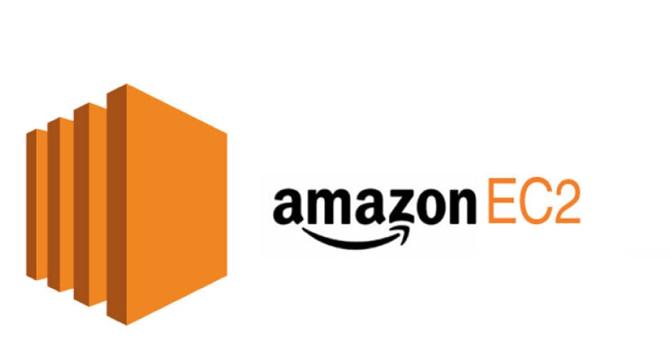Dev
3w
109

Image Credit: Dev
AWS Compute - Part 1: virtual machines (VMs)
- Amazon Elastic Compute Cloud (Amazon EC2) provides virtual servers called EC2 instances with compute capacity in the cloud.
- When launching an EC2 instance, the first setting is selecting an Amazon Machine Image (AMI).
- EC2 instances differ based on performance with each instance type consisting of a prefix identifying the type of optimized workload.
- Instances can be placed in specific Availability Zones, with at least two instances in separate zones.
- EC2 instance lifecycle consists of different states (pending, running, stopping and stopped, restarting, and terminating).
- AWS offers pricing options based on workloads such as On-Demand Instances, Spot Instances, Savings Plans, Reserved Instances, and Dedicated Hosts.
- On-Demand Instances provide pay-per-use with no upfront costs, while Spot Instances offer lower prices for computing capacity that can be interrupted.
- Savings Plans offer low usage prices with a commitment to a consistent amount of usage, while Reserved Instances offer up to 72% savings for consistent usage with a reserved capacity.
- Dedicated Hosts are physical EC2 servers useful for reducing costs when using existing server-bound software licenses.
- EC2 instances can be created and managed through various AWS management tools and automation services.
Read Full Article
6 Likes
For uninterrupted reading, download the app